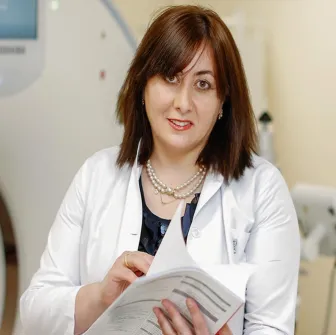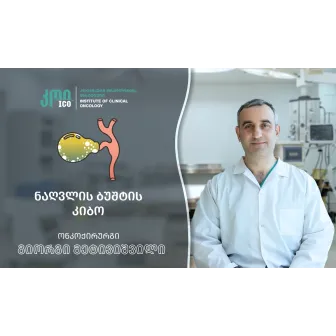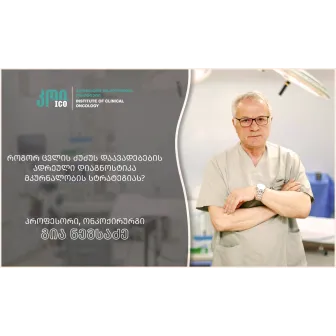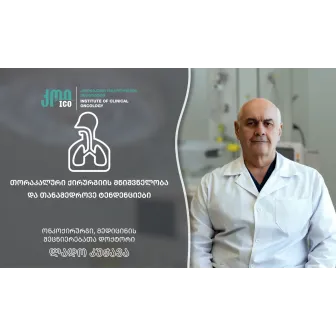Background information: The main diagnostic method before the development of computed tomography (CT), was radiography. X-rays were first discovered in 1895 by Wilhelm Roentgen, and in 1898, Marie and Pierre Curie discovered the chemical elements polonium and radium, which became important discoveries for the development of radiology. The first radiological studies appeared in 1914, but despite its great importance, radiography could not provide detailed visualization of tissues.
Outset of tomographic modalities: the first attempt of tomographic research belongs to the Italian scientist Alessandro Valleboro. He created a tomograph with a fixed X-ray tube that captured images in only one plane. However, the British engineer Godfrey Hounsfield and the American physicist Alan Cormack managed to create practical computed tomography in 1971. Their first CT scanner was used to study the brain, and in 1973, whole-body tomography became possible. This discovery was so important that in 1979, Hounsfield and Cormack were awarded the Nobel Prize.
Technological development – First-generation CT scanners used a single X-ray beam and detector, requiring a long time to collect data. Later, second, third, and fourth-generation scanners were developed, with significantly increased efficiency.
- In the 1990s, a spiral (helical) CT was created, which contributed to the development of 3D reconstruction.
- In the 2000s, multi-layer and multi-detector CT scanners emerged, reducing scanning time and increasing image quality.
- In 2002-2003, 16 and 64-layer scanners were introduced, significantly reducing the presence of artefacts on images.
- Modern CT technologies include dual-energy scanners, cone beam tomography, and artificial intelligence integration, which significantly increase image accuracy and research speed.
The Institute of Clinical Oncology is equipped with the latest generation device Aquilion Prime SP CT-, which is distinguished by high precision and low radiation exposure.
Its main advantages: ✔ Multi-layer detectors - provide the highest quality image with minimal radiation. ✔ Artificial Intelligence (AI) – reduces radiation dose and improves the scanning process. ✔ Spectral image - provides more precise tissue differentiation. ✔ Automated exposure control - maximally reduces the risk of radiation exposure.
The evolution of computed tomography is constantly improving diagnostic capabilities. Modern technologies, such as the Aquilion Prime SP, provide patients with the highest quality, safest, and fastest scanning possibilities. CT machines continue to improve, and in the future, the introduction of more efficient, low-radiation, and intelligently managed systems is planned.
- Views:1159

















